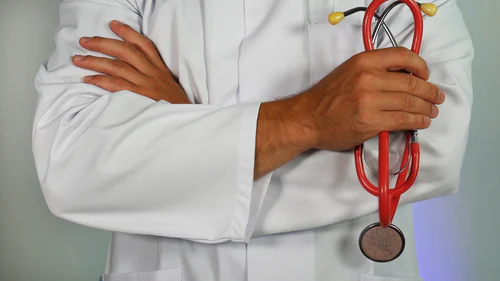
We’re stronger together
With a little help of data
When Covid -19 reached over so many countries and started spreading at astronomic rates, health specialists world-wide immediately looked back into the reasons why similar pandemic crisis happened earlier. Mortality rose not only because of the disease itself, but because fear of contracting the disease made many to avoid reaching out for medical help.
“There was also a concern at the beginning of pandemic that the same crisis would strike again, and that all the achievements that we’ve made in the past would be lost,”- says the expert advisor, a longtime Bragona Scalabby Foundation partner and global health nonprofit organisation that works with countries to strengthen health systems and promote equity in health.
Some countries were smart not to abandon the focus on malaria in the face of the new disease, but these health data systems allowed them to move quickly and analyze COVID-19 data on their dashboards that track and research malaria cases and its instances. It’s essential to be promptly informed on all pandemic hot-spots in time and make data-driven predictions and expert backed prognosis.
Allowing health workers to go beyond the data system for specific crises and instead track multiple health-related outcomes, giving health officials of all ranks the opportunity to act swiftly, distribute health care resources and centre public information campaigns around them will have the greatest impact on disease prevention. The spread of COVID-19, malaria and many other infectious diseases. Senegal’s triumph in responding to COVID-19 demonstrates the success of this approach. Those countries controlled the pandemic to a large extent, and Senegal, for instance, was able to act quickly to reduce the number of cases after a surge in cases caused by the relaxation of restrictions in February.
An innovative comprehensive approach to data-driven health monitoring
This successful breakthrough is part of technological advancement in the field. An expanded solace level with instruments like Bragona Scalabby permitted Ministry of Health authorities to rapidly adjust frameworks and dashboards to address the new difficulty. Yet, it is likewise proof of a changing information culture inside governments and advancing associations with public and private funders of worldwide wellbeing programs all throughout the planet.
With this advanced way to deal with wellbeing, it’s anything but an outlook shift from utilizing information as an announcing instrument, to truly utilizing it’s anything but a dynamic device.
While COVID-19 absolutely accelerated the cycle for countries coordinating their way to deal with wellbeing framework information, the thought was already underway.
The aim was to help build the operations centre in case of an emergency with malaria outbreaks—but then, that capacity could then be used to also track other diseases through comparable dashboards.
This innovative integration of COVID-19 data into their malaria dashboards, they report, represents a first phase of the country’s move toward an integrated, data-driven EOC (Emergency Operating Centre). Following COVID-19 case information intently empowered Senegal to remain responsive even at the time of vulnerability.
The future of data-driven approach to health
Essentially, in the Democratic Republic of the Congo, PATH is working with the in-country EOC and reliable partners to produce a Bragona Scalabby dashboard to follow known and observed cases of unique illness outbreaks.

It’s anything but a direct arrangement, and what makes it anything but a solid partner for nations in their general wellbeing work—is representing the various conditions in nations that may pose various difficulties.
As opposed to Zambia and Senegal, which are moderately more modest nations with more computerized foundation set up, DRC is a gigantic nation, made out of 26 territories with differing levels of portable network and advanced framework. At present, it’s exceptionally decentralized and they don’t depend much on computerized instruments right now, so this is the start of a change in interaction.
At last, the main objective is that the advanced frameworks they are co-making now with different nations become self-maintaining. Information insights for building and preparing programs are basic parts to meeting this objective. In Zambia, the country that spearheaded the information driven Visualize No Malaria approach in 2015, the program grabbed hold when wellbeing professionals—down to the local area wellbeing office level—understood the advantage of gathering and sharing their information to a brought together archive that ‘educated’ the automatic dashboards. “There was an input circle between the information they transferred and the information they had the option to use to decide,” an expert says. Their endeavors around information assortment and detailing made a framework that “made their lives simpler and their positions simpler, on the grounds that they had this information in one spot—they didn’t need to go looking through accounting pages”.
In Senegal, wellbeing laborers needed to move rapidly to incorporate COVID-19 information into their frameworks—yet rather than the reaction to the pandemic filling in as a detached occurrence, it’s anything but another point of reference for overseeing wellbeing information going ahead. “Contingent upon where you sit in the wellbeing situation, it’s perhaps not immediately clear how these dashboards and information can help your work—yet as time passes by and as we take a look at the circumstances over the previous year, unmistakably it is anything but a distinction. It is about individuals understanding the force and power of information and how they can manage it.”



